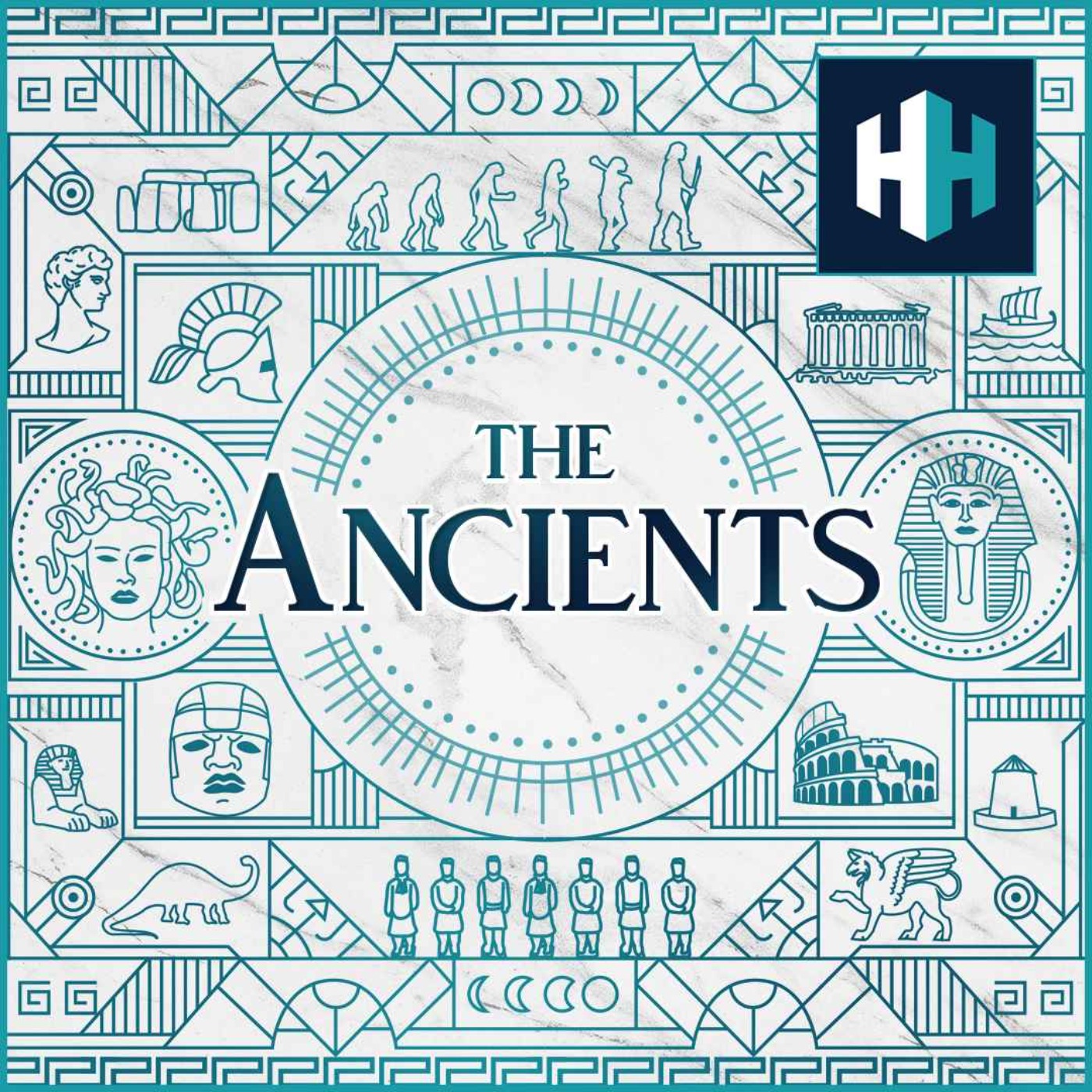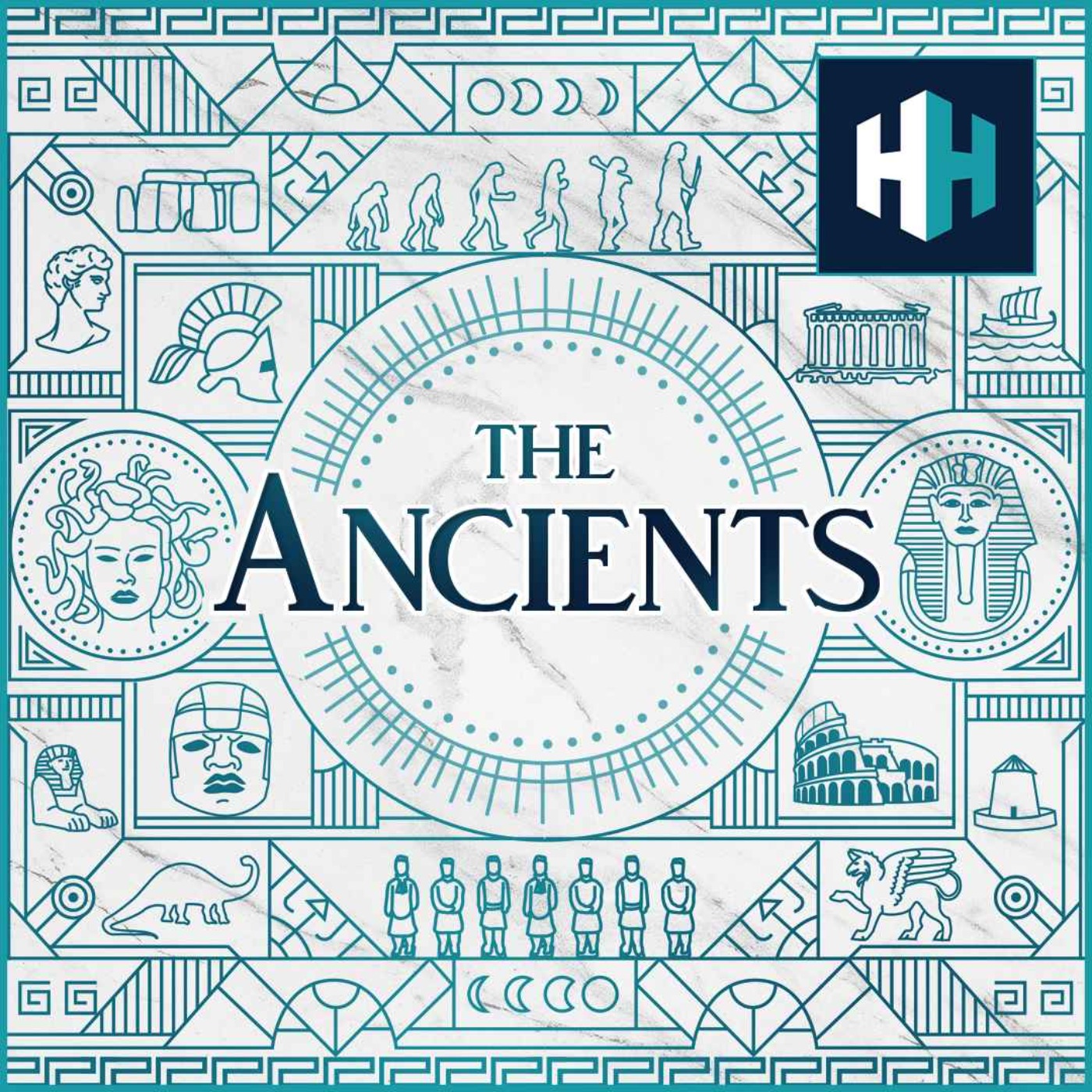
Deep Dive
Why did the first humans arrive in the Japanese archipelago relatively late compared to other parts of East Asia?
Sea levels were lower, creating land bridges that may have submerged earlier evidence.
Why did the Jomon period last for such a long time?
It spans from the start of ceramic container making until the arrival of rice farming.
Why did the Jomon people not adopt farming despite knowing about it?
They were master foragers with a deep awareness of natural resources and may have resisted farming.
Why are the Japanese stone circles called 'stonisakaru'?
It's a katakana rendering of 'stone circle,' a foreign loan word.
Why are the Dogu figurines considered significant in Japanese culture?
They may have had considerable powers that impacted the lives of those who made and used them.
Why did the Jomon period end?
Wet rice farming arrived from the East Asian continent, leading to a shift in lifestyle.
- Edward Sylvester Morse conducted the first Western-style scientific excavations in Japan in the late 1870s.
- Morse's work laid the foundations for 150 years of archaeological investigation in Japan.
- Prehistoric artifacts were found in urban areas, indicating a rich archaeological record.
Shownotes Transcript
From the arrival of the first humans reaching the Japanese archipelago some 50,000 years ago to the enduring Jomon culture, Japan has a fascinating prehistory. This is discovered in the rich archaeological record that includes stone circles, intricate ceramics and evidence of the incredibly diverse hunter-gatherer lifestyle that was mastered.
Join Tristan Hughes and archaeologist Dr. Simon Kaner to explore the incredible archaeological discoveries and the ongoing debates about Japan's ancient past, revealing a complex tapestry of cultural evolution long before the advent of rice farming.
Presented by Tristan Hughes. The audio editor is Aidan Lonergan, it was produced by Joseph Knight. The senior producer is Anne-Marie Luff.
The Ancients is a History Hit podcast.
Enjoy unlimited access to award-winning original TV documentaries that are released weekly and AD-FREE podcasts. Sign up** HERE**)** for 50% off your first 3 months using code ‘ANCIENTS’. **https://historyhit.com/subscription)
You can take part in our listener survey here).
